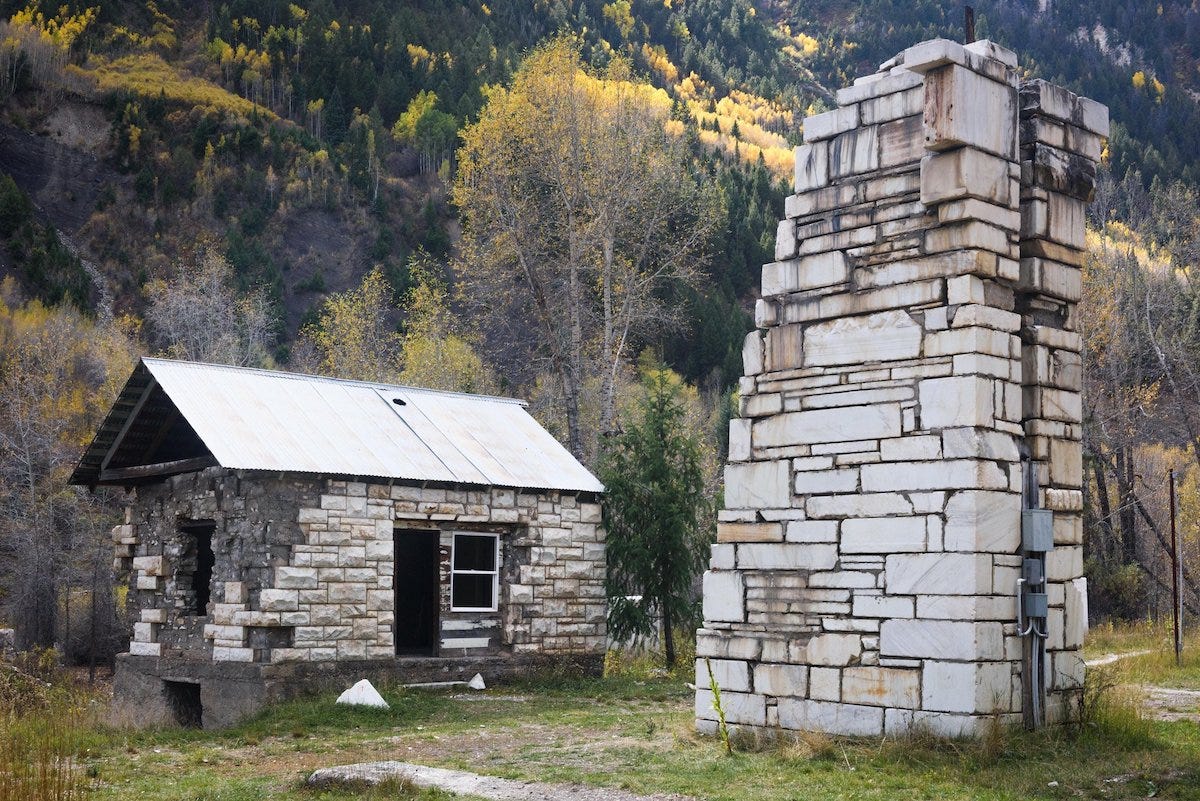Photo Essay: "Venice and the High Art of the Mask"
No place has taken the art of the mask to greater extremes, both elegant and diabolical, than Venice. On the eve of Carnival, we invite you on an illustrated tour of the city's mask-making history.
Dear Friends,
This week, on the eve of Carnival season around the world, we take a detour from our Winter theme to bring you a fun and fascinating photo essay that dives into the tradition of Venetian masks—and the work of their modern-day makers. I hope you’ll enjoy “Venice and the High Art of the Mask,” by longtime Craftsmanship contributor Erla Zwingle, with photography by Riccardo Roiter Rigoni. (And don’t miss our sidebar by the same contributors: “How Carlo Setti Makes a Traditional Leather Mask.”)
Each Friday throughout the Winter issue, which focuses on stonework, we’ll release a feature story, short article, mini-documentary, photo essay, or podcast that relates to our mission, to “create a world built to last.” Along with stories that speak to each issue’s theme, we always have works on other topics, so please, stay tuned.
In the meantime, I hope you'll always find something intriguing to read, watch, or listen to within our pages. We welcome your thoughts via email, as well as on Facebook, Instagram, or Twitter. Thank you for reading and sharing our stories, for donating to our cause when you can, and for being such a loyal part of the Craftsmanship community.
Be well,
Todd Oppenheimer
Editor & Publisher, Craftsmanship Quarterly
Winter 2023: The New Stone Age
When humans first embarked on their incessant quest for innovations, they began tinkering with little more than the rocks and stones at their feet. The Stone Age endured for more than 2 million years, and the stonework remains of ancient civilizations — from the Megalithic Temples of Malta to Stonehenge to the Great Pyramids — continue to awe and fascinate us today. Throughout the world, stone is still quarried for use in grand monuments, memorials, and much more. In this issue, along with other topics, we highlight some modern-day devotees of this timeless, prehistoric material.






